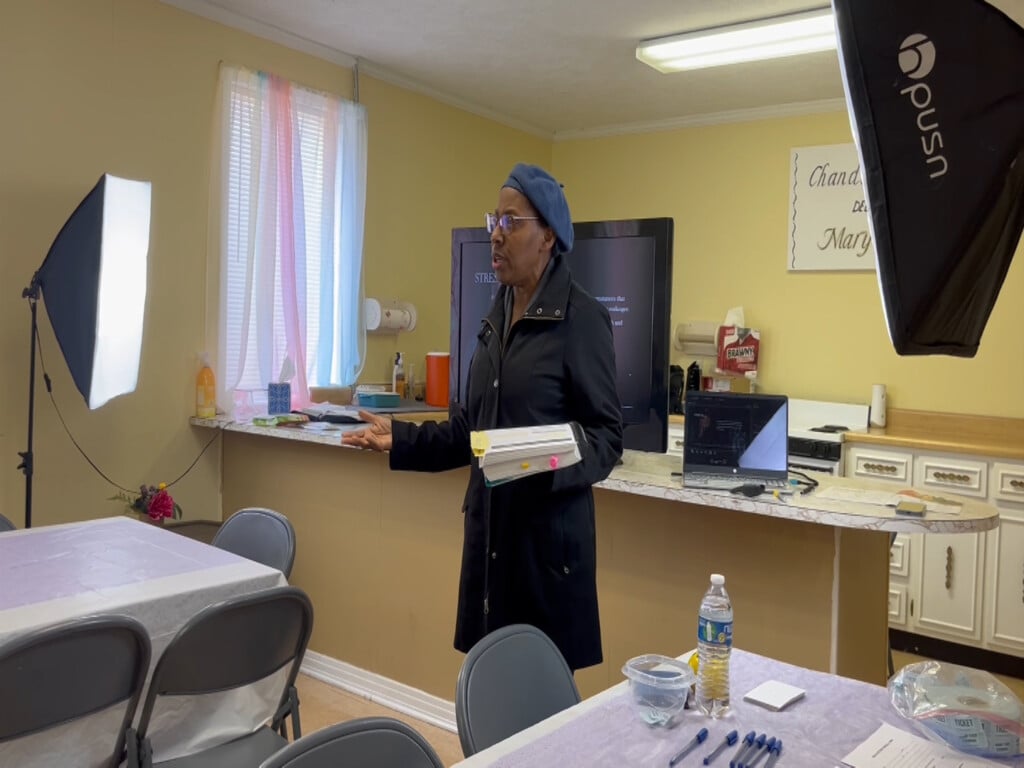106 Counties May Decide Presidential Race
MIKE SCHNEIDER and THOMAS BEAUMONT
LEESBURG, Va. (AP) – How Virginia goes in the presidential election may come down to voters who live amid the small wineries, affluent subdivisions and Civil War battlegrounds of Loudon County.
Voters in the tony Hamilton County suburbs around the humming riverside economic engine of Cincinnati may tip the balance in Ohio.
To win Florida, either President Barack Obama or Mitt Romney probably will have carried Hillsborough County, where the urban seaport town of Tampa bleeds into communities of Spanish-speaking voters and retired Midwesterners.
Those areas are vastly different, yet each is full of fickle voters and bound by a proclivity to swing between Republican and Democrat every four years. All are main targets as the president and his Republican challenger look for enough victories in enough states to reach the 270 electoral votes needed to capture the White House.
The race may come down to an even narrower slice of the electorate than the nine most contested states: Colorado, Florida, Iowa, Nevada, New Hampshire, North Carolina, Ohio, Virginia and Wisconsin. The outcome probably will depend on what happens in the 106 counties that Republican George W. Bush won in 2004 and that voted Democrat Obama in 2008, according to an Associated Press analysis.
The AP reviewed the vote returns in those nine states during the 2000, 2004 and 2008 elections to identify the counties that have swung between the parties and were most likely to do it again on Nov. 6.
These counties are home to people such as Matt Blunt, a 42-year-old IT manager from Sterling, Va., in Loudoun County, outside Washington. Blunt voted for Obama in 2008, hoping he could change Washington’s bitter tone, but now backs Romney.
“What I see in Romney is the stronger potential for leadership than we’ve seen in the past four years,” Blunt said, adding that Obama “hasn’t lived up to the promise.”
In these counties more than anywhere else, voters’ phones ring every night with automated telephone surveys. Every day, glossy mailers hit their mailboxes. Televisions crackle day and night with campaign ads.
In fact, voters in the Cincinnati, Tampa and northern Virginia TV markets have been subjected to presidential campaign advertising totaling $127 million, almost one-fifth the total spent nationwide this year.
“There’s more – and more concentrated – contact with voters in these counties that swung back and forth in these states than anybody,” said Charlie Black, a veteran Republican presidential campaign strategist and informal Romney adviser.
In a race where any bit of an advantage could make the difference, the campaigns go to all this trouble to sway a tiny fraction of the electorate. In 2008, there were 6.2 million votes from those 106 counties; that was not even 5 percent of the roughly 137 million who voted for president.
There is no single reason to explain why these counties seem to shift with the political wind. Their voters are far from monolithic, having little in common other than their voting patterns.
In most of these places, there are few truly undecided voters, forcing Obama and Romney to subdivide the electorate in their attempt for any edge.
In northern Virginia, for example, Obama is reaching out to newcomers and younger veterans. Romney’s pitch is stronger toward retired military members, sportsmen and social conservatives.
In counties in the West, Obama is courting educated women and Hispanics. Romney is attempting to make inroads with both, but is more focused on businesswomen and small-business owners.
As a whole, voters in these counties are less racially diverse than the nation, with a smaller percentage having with a college education.
One such area is working-class Sandusky County, Ohio, where the automotive industry’s rebound has pushed the county’s unemployment below the state average. The list also includes parts of southern Virginia with a substantial African-American population and North Carolina’s Research Triangle.
If there’s one area where these counties are linked, it may be that many have a wide segment of working-class white voters, an important group for Romney and one that Obama has struggled with.
In the hunt for 270, Obama starts with more states and electoral votes in his column. Romney must take back from the incumbent some states that Obama carried four years ago, including North Carolina and Virginia, which had been reliably Republican until 2008.
In Virginia, public and private polls show Obama narrowly ahead. Internal Republican polls have shown Romney leading in Loudoun and Prince William counties. Over time, these once reliably Republican counties have become more politically diverse, as younger, well-educated, racially and ethnically diverse voters have flocked to Washington’s suburbs. Obama won four years ago by aggressively going after them and the state’s robust African-American electorate.
Romney can win Virginia by taking Loudoun County away from the Democrats, holding down Obama’s likely edge in other Washington suburbs, and running up big numbers in rural southern Virginia and the conservative Tidewater area.
In Ohio, Romney needs Hamilton County, especially the Cincinnati suburbs, to offset Obama’s edge in Cleveland, Columbus and Dayton. Obama needs to trim Romney’s advantages in the suburbs and southeastern Ohio’s coal country.
The dynamic is similar in Nevada’s Washoe County. It’s home to Reno, a gambling mecca at the foot of the Sierra Nevadas that is a diverse mix of people, including retired and active-duty military from the nearby Naval air base, Hispanics and transplants from northern California.
If Romney stands a chance of carrying Nevada, he needs to cut into Obama’s edge in Las Vegas and run up big margins in the vast ranching and mining country elsewhere. But he stands little chance of beating Obama in Nevada without Washoe County, which accounts for 15 percent to 20 percent of the state’s vote.
While Obama has concentrated his Nevada efforts on Las Vegas, Romney has focused aggressively on Washoe County’s veterans, and for good reason.
“Washoe is a county where Republicans need to win to have a chance in Nevada,” Democratic pollster Paul Maslin said.
But some swing-voting counties don’t look like they may be swinging back any time soon.
The best example is Osceola County, a bedroom community to Orlando, Fla., that has experienced an influx in the past decade of Puerto Ricans, Hispanics who are U.S. citizens.
The shift of these typically Democratic-leaning voters, as well as other Spanish-speaking voters in Colorado and Nevada, is part of longer-term trend going in the Democrats’ favor and spreading into other neighboring states over the coming generation.
While it bodes well for Democrats in the future, there are no guarantees for Obama this year.
___
Schneider reported from Florida.





Leave a Reply